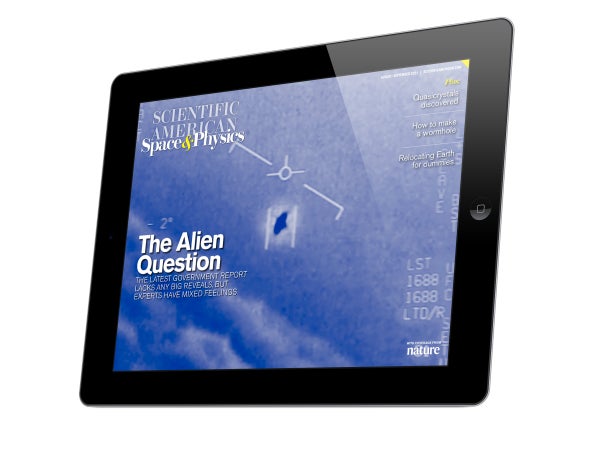On supporting science journalism
If you're enjoying this article, consider supporting our award-winning journalism by subscribing. By purchasing a subscription you are helping to ensure the future of impactful stories about the discoveries and ideas shaping our world today.
A clip from The Tonight Show with Johnny Carson in 1978 made the social media rounds in mid-July. The guest that episode—astronomer and science educator Carl Sagan—offered astute criticisms of the then recently released Star Wars film for its myopic (and whitewashed) imagining of how organisms from other galaxies might look. In this collection, reporter Leonard David examines the government report published in June that surveys our evidence for extraterrestrial life so far (see “Experts Weigh in on Pentagon UFO Report”), and two of our opinion writers contemplate some specific circumstances for alien contact.
But Sagan’s prescient observations remind me that our search for other life in the universe will always be a strictly human endeavor: how we imagine aliens might look, think or operate and how we look for them or detect their existence— all these factors are based on the human framework of perception. Such limitations will only be problematic if we ignore them and fail to somehow jump beyond the bounds of our minds.
